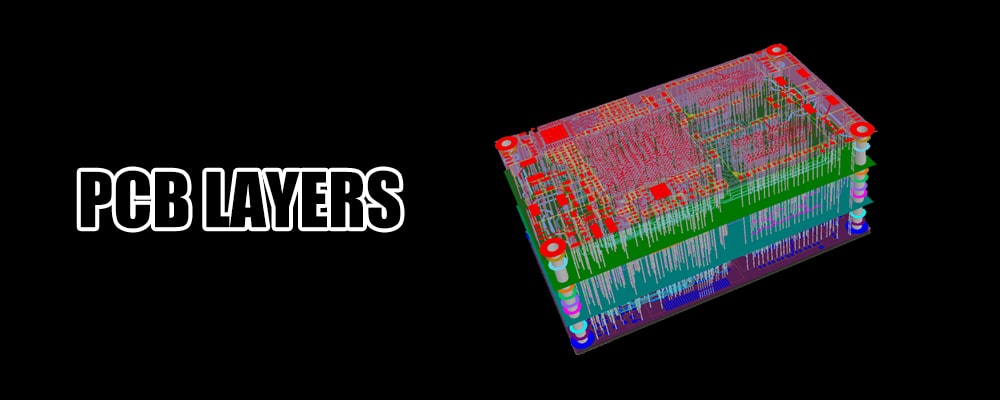PCB Layers: Unlocking the Design Potential
21 January 2025
Views: 2032
Printed circuit boards are the backbone of modern electronics, providing the foundation for the interconnection and functionality of electronic components. PCBs consist of multiple layers of conductive traces, insulating material, and components, working together to create intricate electronic circuits. The arrangement and composition of these layers play a crucial role in determining the performance, complexity, and functionality of the PCB.

The Significance of PCB Layers
Electrical Connectivity: Each layer in a PCB contributes to the interconnection of electronic components. By routing conductive traces on different layers, designers can ensure efficient signal flow, minimize interference, and accommodate complex circuitry. The layer configuration directly impacts the electrical performance and functionality of the PCB.
Space Optimization: PCB layers enable designers to maximize space utilization within a limited form factor. By stacking multiple layers vertically, the overall size of the PCB can be reduced. This is particularly important in compact electronic devices where space is at a premium, such as smartphones, wearables, and IoT devices.
Types of PCB Layers
Signal Layers: Signal layers are the primary conductive layers that carry electrical signals between components. These layers consist of copper traces that connect various components, ensuring proper signal transmission and routing. The number of signal layers depends on the complexity of the circuit and the design requirements.
Power and Ground Planes: Power and ground planes are dedicated layers that provide a stable supply of power and serve as a reference for signal return paths. Power planes distribute power throughout the PCB, reducing voltage drops and minimizing noise. Ground planes serve as a low-impedance path for returning currents, reducing electromagnetic interference (EMI) and improving signal integrity.
Internal Layers: In multilayer PCBs, internal layers are sandwiched between the external signal layers. These layers provide additional routing space and can be used for specific purposes such as power distribution, controlled impedance routing, or shielding sensitive signals from noise. Internal layers increase the design flexibility and complexity of the PCB.
Considerations for PCB Layer Design
Signal Integrity: Proper layer stackup and trace routing are critical for maintaining signal integrity. High-speed signals may require controlled impedance routing on specific layers, while sensitive signals may benefit from additional shielding layers to minimize noise interference. Careful consideration must be given to the layer arrangement to ensure signal quality and minimize signal degradation.
Power Distribution: Adequate power distribution is essential for the reliable operation of electronic circuits. Carefully designing power and ground planes helps minimize voltage drops, reduce noise, and ensure stable power delivery throughout the PCB. Balancing the placement of power and ground planes is crucial to avoid coupling effects and maintain signal integrity.
Thermal Management: PCB layers can also contribute to effective thermal management. By incorporating thermal vias and copper planes, heat can be efficiently dissipated from heat-generating components, preventing overheating and ensuring the reliability of the PCB.
Manufacturing Considerations: The number of layers and their arrangement impact the complexity and cost of PCB fabrication. It is important to consider the capabilities of the PCB manufacturer and their ability to handle the desired layer stackup. Additionally, the layer stackup should be designed with manufacturability in mind, ensuring that it can be efficiently produced without compromising quality.
Conclusion
PCB layers are the building blocks that enable the interconnection and functionality of electronic components. By carefully designing the layer stackup, incorporating signal layers, power and ground planes, and internal layers, engineers can optimize electrical connectivity, maximize space utilization, and enhance the performance of electronic devices.


